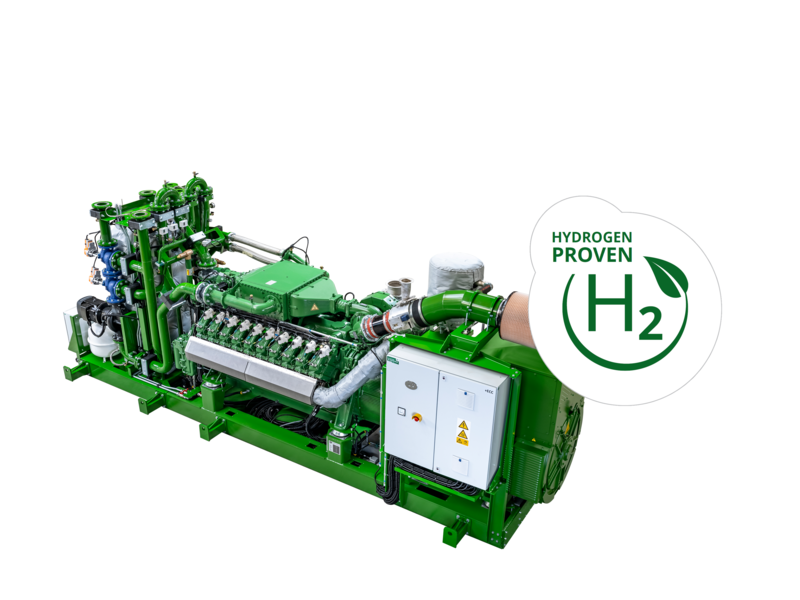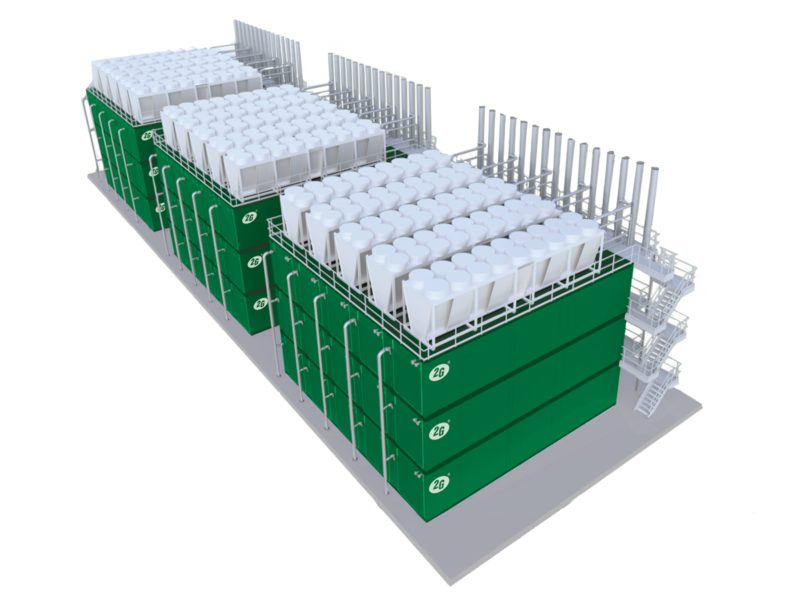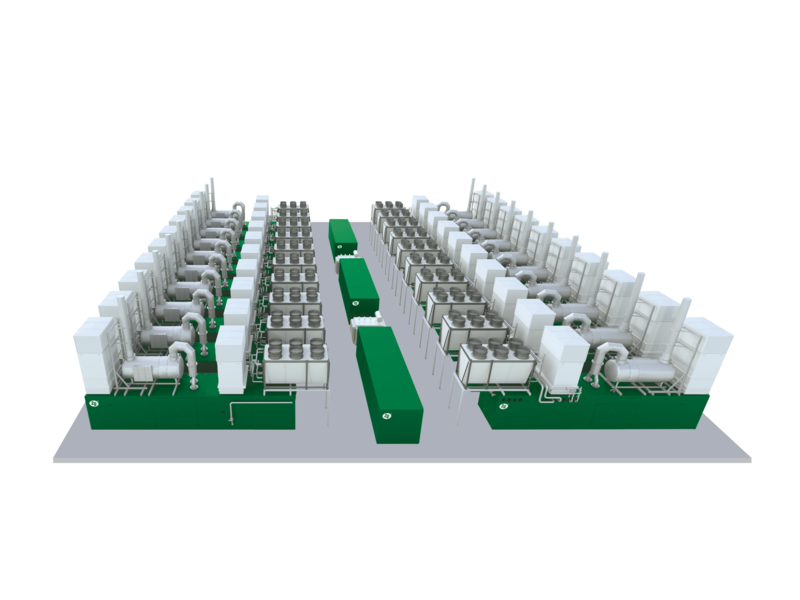
Secure Energy Supply for Data Centers
1 MW to 200 MW
2G CHP concepts and Gas2Power solutions
Energy Solutions for Data Centers


Island Operation Today – Revenues on the Electricity Market Tomorrow
Operate your power plant in stand-alone mode today to ensure a secure energy supply, even without access to the public grid. If a connection to the public grid becomes available later, the power plant installation can also unlock additional revenue potential for the site. During periods of supply shortages caused by fl uctuations in renewable energy, your power plant can help stabilize the grid—flexibly, quickly, and reliably.


Your benefits
What Sets our Products Apart?


Plug and Play Container Solutions
Turnkey, ready-to-use, and tailored to your requirements
2G products offer a highly effi cient way to reliably supply data centers with electricity, as well as heat or cooling. Our ready-to-connect container solutions integrate seamlessly into your environment and provide exactly the equipment needed for the energy-effi cient operation of your data center. This enables the fl exible, space-saving, and cost-effective implementation of modern energy concepts.
Stackable Container Solution
- Module: avus 1000plus
- Power: 1035 kWel per container
- Efficiency: up to 43.7% el
- Noise emission: up to 55 dB(A) at 10 m
- Stackable containers
Image (example):
45 MWel | 55 m x 14 m


Standard Container Solution
- Module: avus 2000e
- Power: 2500 kWel per container
- Efficiency: up to 44.1% el
- Noise emission: up to 58 dB(A) at 10 m
- Standard container
Image (example):
50 MWel | 45 m x 45 m


Your benefits
What Added Value do 2G Installation Solutions Offer?




